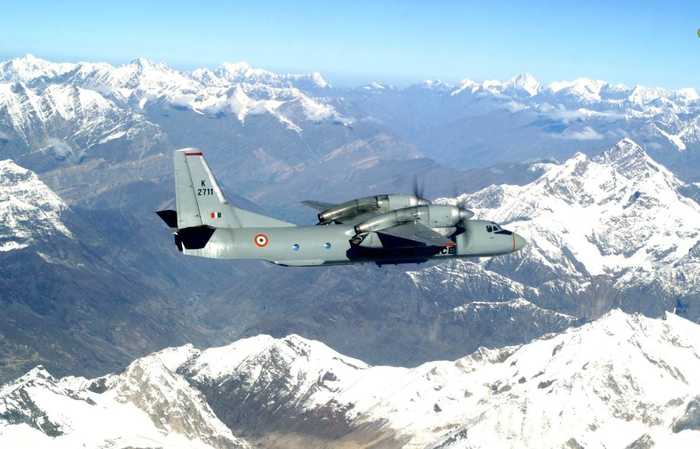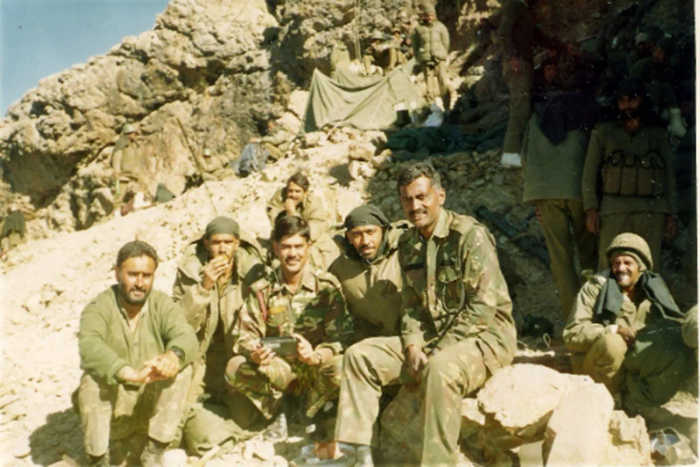Published 08:37 IST, July 15th 2024
25 Years After Kargil: The Importance of Integrated Operations in Modern Warfare
The Kargil War of 1999, triggered by Pakistan's strategic incursion into Indian territory, remains a pivotal chapter in India's military history.
Advertisement
Kargil, India: The Kargil War of 1999, driven by Pakistan's ambition to separate Kashmir from India and avenge its Siachen defeat in 1984, remains a pivotal chapter in India’s military history. In 1988, Brigadier Pervez Musharraf and Prime Minister Benazir Bhutto reportedly discussed a plan to sever Kashmir from India by occupying positions overlooking the Srinagar-Leh National Highway. The inhospitable winter temperatures of Kargil, Drass, and Batalik regions, which can plummet to minus 40 degrees Celsius, presented formidable challenges.
There was an unspoken mutual understanding between India and Pakistan to abandon border posts and bunkers during winter, with reoccupation in spring. However, Pakistan’s strategy was to occupy these posts during winter, aiming to catch India off guard and force negotiations over the Kashmir issue. On May 3, 1999, local shepherds first reported the intrusion by Pakistani soldiers inside Indian territory. On May 5, Indian Army patrols sent out to investigate earlier reports were ambushed. Captain Saurabh Kalia along with 5 soldiers of his patrolling party were captured after they ran out of ammunition during combat. In gross violation of the Geneva Convention, the POWs were tortured to death by Pakistani captors. When it became evident that Indian land had been occupied, India swiftly mobilized approximately 30 battalions to reclaim its territory.
Advertisement
Mobilization and Strategic Responses
Pakistan officially denied involvement for most of the conflict. However, the evidence was quite clear of Pakistan Army’s engagement in the war. After India deployed substantial military forces to reclaim lost ground, Pakistan’s denial of involvement in war quickly backfired as it struggled to mobilize troops and match Indian deployment without revealing its deceit.

Meanwhile, the greatest challenge to the Indian forces was the fact that the Pakistan Army had occupied posts at higher elevations, giving them the advantage. Nonetheless, young officers of the Indian Army, some freshly commissioned, took charge of the situation on the ground and began gradually reclaiming the lost territory from Pakistani occupiers.
Advertisement

All 140 occupied sites were taken back under India’s control through tactical ground assaults and artillery support under Operation Vijay. The operation showcased unparalleled grit, valour, and skill. It is worth noting that the maximum number of officers leading these operations on the ground were merely in their early twenties. This was a reflection of the rigorous training and strength of the Indian forces. This successful campaign remains a testament to their determination and strategic acumen.
Legacy and Pathos of the Kargil Conflict
After declaring "Operation Vijay" a success on July 14, 1999, a ceasefire was supposed to end hostilities. However, persistent violations by Pakistan compelled the Indian military to conduct further operations, eventually concluding the conflict on July 26, 1999. These episodes of ceasefire breaches hold profound lessons. They underscore a distinct form of warfare that emerged during Kargil—a complex and evolving reality known as information warfare. This type of warfare targets not only a nation's armed forces but its entire populace, aiming to disrupt and disorient without traditional military engagement.
Advertisement

The entire Kargil campaign of the Indian Armed Forces was epitomized by the poignant words of late Prime Minister Atal Bihari Vajpayee, which encapsulated India's commitment to peace and its resolve to defend it with strength. “The world has witnessed our efforts to preserve peace," he said, "but now it will witness our determination and might to protect that peace.”
Determining the exact losses suffered by the Pakistani army during the Kargil War has proven challenging, with various sources offering differing numbers. Officially, Pakistan confirmed that 453 soldiers were killed in action. However, early estimates from the US Department of State suggested a higher figure, closer to 700 fatalities. Former Pakistani Prime Minister Nawaz Sharif indicated in statements that the number of Pakistani fatalities exceeded 4,000, while his party, the PML (N), mentioned over 3,000 casualties in their "white paper" on the war. The Pakistan Peoples Party also acknowledged "thousands" of soldiers and irregulars killed.
Advertisement
Contrarily, Indian estimates report 1,042 Pakistani soldiers killed. In his memoirs titled "Agnipath," General Pervez Musharraf provided a different account, stating that 357 troops were killed and 665 wounded. The exact number of Pakistani casualties remains unclear, with the Pakistan Army's website indicating more than 400 injured.
The Kargil conflict's legacy underscores the importance of preparedness, adaptability, and strategic foresight in safeguarding national security. As India continues to honour the bravery and sacrifice of its soldiers, the lessons learned from Kargil will guide the nation in future conflicts and strategic endeavours.
Advertisement
14:39 IST, July 14th 2024